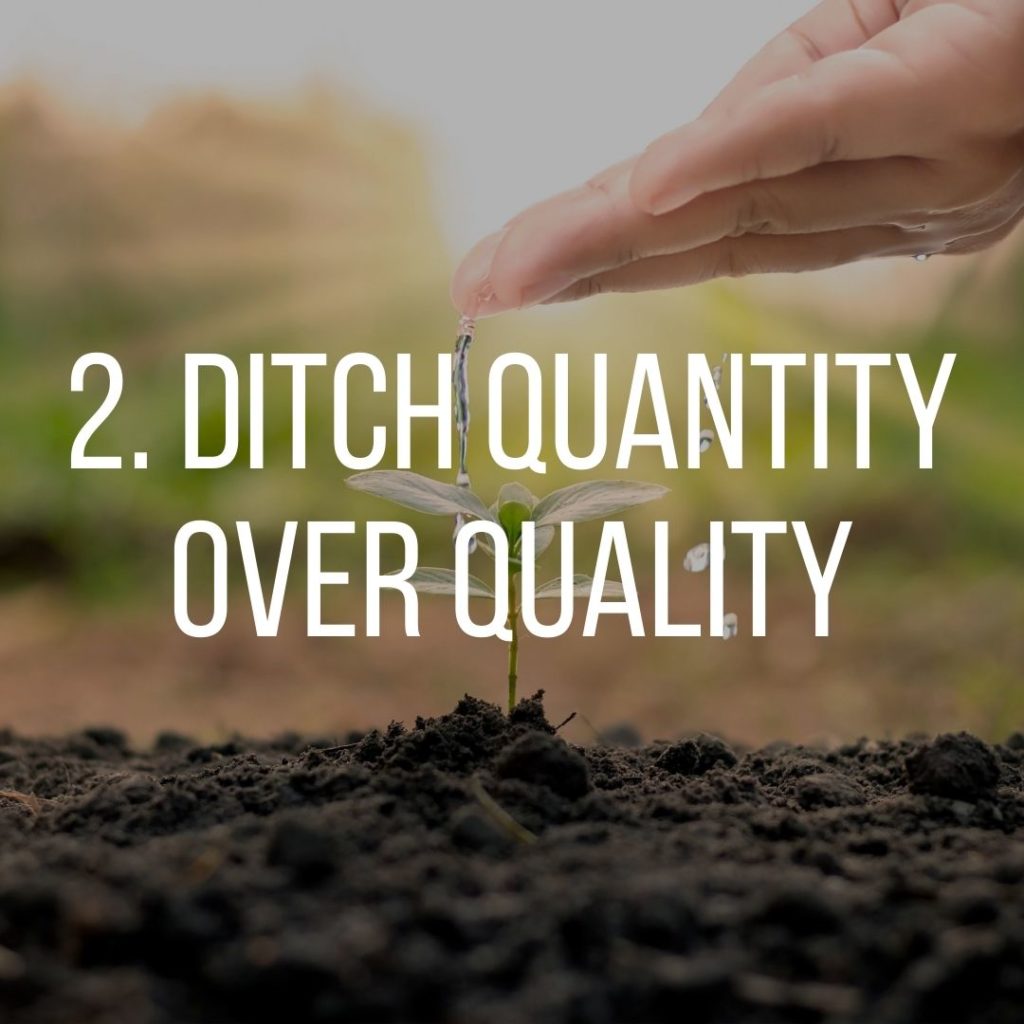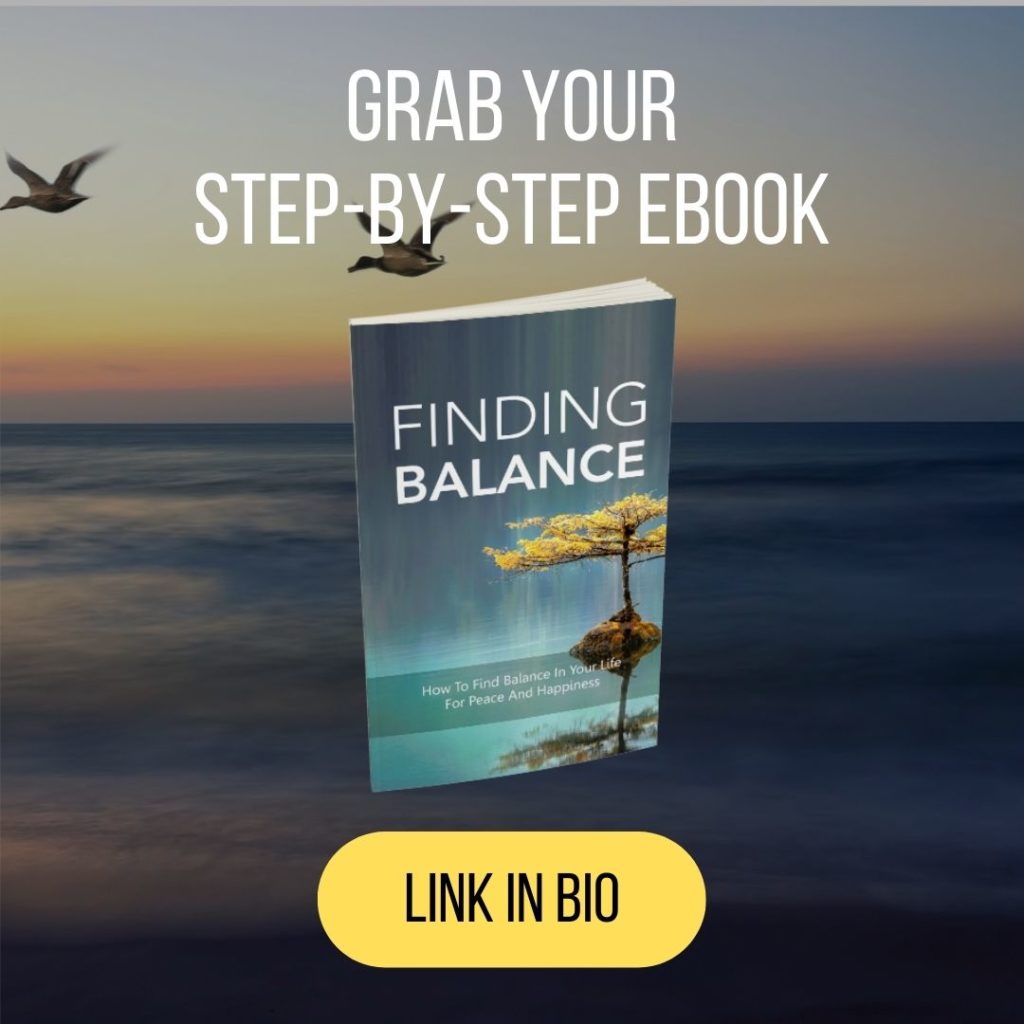It’s a given fact that there are only 24 hours in a day.
When you factor in the 8 hours you spend sleeping, that leaves 16 hours per day to spend doing things. Getting the balance right between your work and all the other stuff you do in your life is crucial for your mental health and well-being.
Up until recently, getting your work/life balance right meant leaving the office on time and not doing too much overtime. Nowadays, in these COVID-19 times, lots of people are working from home. This means that the line between your work life and the rest of your life can become blurred. It’s easy to be on-call 24/7. This can lead to depression, exhaustion and burnout. With what you’re going to discover, you should be able to find the right balance between these two sides of your life.

What does maintaining an adequate work/life balance really mean?
A lot of people think it means cutting down on things and working less, but that’s missing the point.
Getting your work/life balance right is all about working smarter and using time better.
In other words…
It means doing more in less time in the “work” side of your life, so you’re able to have more time to do stuff in the “life” side.
The first step to take is to identify productivity peaks. After all, as long as all the work gets completed by the time it’s due, does it matter at what time of the day it gets done? If you’re working from home, you’ll have more flexibility than if you’re in the office, so take advantage.
Some people are at their most productive and creative in the early morning, while others favor a slower start and apply themselves better in the afternoon. So play to your strengths and structure your workload around your most productive periods; that way, you’ll reduce procrastination and the frustration that’s often brought on by a lack of productivity.
It’s also crucial that you take scheduled breaks throughout the day. Not only will this prevent your concentration from waning and your thoughts drifting, but if you work at a computer, you’ll decrease your risk of getting repetitive strain injury (RSI). You can actually get some f-r-e-e software called WorkRave that prompts you to take breaks. You can get it from here: https://sourceforge.net/projects/workrave/ . There are Windows and Linux versions available.

It’s also a good idea to keep to strict working hours. That doesn’t mean you have to stick to regular 9-5 hours, but it DOES mean that you should keep to a certain number of working hours, and not to exceed it other than in exceptional circumstances.
You should also have a long-term plan, so you can schedule things properly and balance your workload out over time.
PS. I go into more details in my guide to finding balance in your life. Find out all about it here: FINDING BALANCE.
Get your priorities in order!
As previously mentioned, there are only 24 hours in a day. It is inevitable, then, that there will be some things you MUST get done, and other things you’d LIKE to do when you have the time.
To “separate the wheat from the chaff” (so to speak) the first thing you need to do is examine your commitments. Are they connected to a core goal? Are they vital to one of the more important aspects of your life? Which ones drain your energy and which ones feed it? What would happen if you cancel a given commitment: Would it be a big deal? Is it worth the time it takes to complete a given task? Does it take time away from other potentially important activities in your life – like exercise, time spent with family and friends, leisure activities and so on?
To get your priorities in order, it’s a good idea to write down everything you need to do in a particular day in the form of a to-do list.
When that’s done, go through everything and rate it on a scale of 1-10. Give your most important tasks (the ones that MUST be done today without fail) a “1”, then rate all the others in order of priority right down to tasks that can wait for another day if you don’t have time to do them today. Give those a “10”.

Next, go through all your “number 1” tasks and schedule a time to do them today. Now go through your “number 2” tasks and fit them around the “number 1” tasks. Continue with the rest of the list and fit them in accordingly. Any “number 10” tasks that you don’t have time to do today, will just have to wait for another day.
When all this is complete, you can set to work with confidence, knowing you’ll be able to get the most important things done on time.
PS. Make getting a copy of my guide to finding balance in your life a “number 1” task. Then visit FINDING BALANCE to grab your copy.
You don’t have to do it all
Just like there are only 24 hours in a day, there is a limit to the number of things you can get done in that time. Also, you can only do one thing at a time. Multitasking is a myth. Yet there IS a way you can get more than one thing done simultaneously: You can delegate and outsource.
You can delegate to a person (a subordinate or assistant, for example), to a process or a procedure.
If you don’t have a full-time or regular assistant you can hire a freelancer and delegate to them. You can find talented freelancers on outsourcing web sites like https://guru.com and https://fiverr.com.

I’m going to let you into a secret…
I didn’t have time to write this e-mail. Instead of putting it off to another day, I outsourced/delegated it to a talented freelancer. He lives on the other side of the world to me, so he was able write it while I was (literally) asleep. Talk about getting more done in less time!
I practice what I preach!
You can also automate repetitive tasks. You can run a macro on your computer (like a mail-merge or similar), or get a smart device like Alexa (TM) to do things at voice command.
Outsource automation!
For example, if you send a lot of e-mails it’s worth signing up to an autoresponder service like Aweber, GetRespose or MailChimp . These services will customize your messages, send them out at a prearranged date and time, handle any messages that “bounce” as well as unsubscribes and so on.
I’ll let you into another secret…
I used an autoresponder to send this e-mail. Like I said: I practice what I preach!
PS. When you get your copy of my guide to finding balance, you’ll find that I’ve delegated taking payments to my payment processor, and delivery to a web server. See them in action here FINDING BALANCE.
Plug those energy drains!
I’d never heard the phrase “energy drain” until comparatively recently. It’s a buzzword dreamed up by life coaches to help their clients identify and manage so-called “stressors”. These are things in life that drain your energy on a daily basis by triggering a stress reaction. This is all related to your inbuilt “fight or flight” mechanism that harks back to our cave-dwelling ancestors.
Energy drains could be jobs you hate, or people and situations that you find stressful but are unable to avoid.

The first step in plugging energy drains is to identify what they are. Usually you’ll experience symptoms of stress whenever you encounter this energy drain. Symptoms of stress include: Anxiety and depression, memory problems, inability to concentrate, poor judgment, seeing only the negative, anxious or racing thoughts, constant worrying and (of course) tiredness and fatigue.
If you find you’re experiencing these symptoms at specific occasions, it’s more than likely that you’ve found your energy drain.
The best way to rid yourself of an energy drain is to simply avoid that job/person/situation – although life isn’t always that easy.
If you simply cannot avoid an energy drain, you might have to opt for a “plug” or fix instead. Upping your activity level is one way to help relieve stress and start to feel better. Just going for a walk can help. Not only will help get your mind off the stressful situation, but you’ll (physically) be getting away from it for a while, too. Rhythmic exercises such as aerobics, running, swimming, and dancing are also effective – particularly if your situation is generally stressful instead of just being isolated to a particular situation.
Talking about your energy drain can help, too. Even just a brief exchange of kind words or a friendly look from another human being can help calm and soothe your nervous system.
Just like the old saying says: A problem shared is a problem solved.
PS. I’ve made getting a copy of my guide to finding balance a stress free as possible. Just click the link FINDING BALANCE and follow the on-screen instructions.
Make time for you
All too often your work/life balance gets out of whack because the “work” side of the balance becomes “heavier” than the other side. Therefore, it’s important that you put yourself front and center every so often, and put YOU ahead of everything (and everybody) else.
This isn’t being selfish.
This is making sure your internal batteries have time to recharge. This means taking regular breaks throughout the day – like we discussed the other day. Be sure to relax on your break. It can be tempting to spend work breaks doing “stuff” (especially when you’re working from home). A break can quickly turn into a whirlwind session of chores. Instead, take the opportunity to indulge in some “me time” between work sessions to prioritize your well-being.
You should also schedule time for family and friends. When you’ve got a particularly heavy workload, it’s tempting to cancel social plans. Don’t. Regardless of what’s going on at work, it’s worth keeping at least one social event per week in the calendar. Being in good company and thinking about something different to your 9-5 helps keep your brain sharp.
Finally, remember to take time off. Taking a break brings physical and psychological health benefits – including lowered stress levels, higher motivation when you get back to work, and decreased burnout.
This is particularly important if you’re working from home right now. When you’re at the office (or other workplace) your time off starts as soon as you walk out the door, but if you’re working from home, the lines can become blurred – when you’re at home you’re always at work and vice versa. Try to have a dedicated work area or home office so you can psychologically make the distinction.
Going away on vacation is also important. Even if it’s only a few days, a change of scene can work wonders. If travel restrictions mean you have to have a “staycation” at home, do something completely different from work.
PS. There’s still time to get your copy of my guide to living a balanced life. It’s waiting for you here FINDING BALANCE.
Use the most powerful two letters
Do you know what the most powerful two letters in the English language are? They’re “N” and “O”.
The truth is: You don’t have to say “yes” to everything. When something is putting your work/life balance out of whack, just say “no”.
It’s difficult. It’s much easier to say “yes” – after all, you don’t want to appear rude or inconvenience people – but you must say “no” every once in a while, otherwise not only will your life be out of balance, you’ll become regarded as a pushover. “Oh, give the job to John, they’ll do it.”
But the thing is…
When you say “no” to something that’s tipping your life out of balance, it frees up time to say “yes” to something beneficial.
Wow, we’ve covered a lot of ground.
Let’s just recap:
We discussed what maintaining a work/life balance means in reality.
We talked about how to get your priorities in order.
We covered why you shouldn’t do everything, and I gave you some information about ways and places you can outsource and delegate tasks. I told you what “energy drains” are and discussed some ways of plugging them.
We talked about why it’s important to take breaks and vacations, and I gave you a link to some software that you can download to help schedule breaks from your computer as well as avoid RSI. And a whole lot more!
But you know what? Within the confines of this short e-course, I’ve only been able to scratch the surface of this fascinating subject. There’s a whole lot of stuff I just haven’t had the time to tell you about – like “5 Consequences of Poor Work-Life Balance” and “Finding Joy in Your Unbalanced Life” to name just a couple. I cover them in detail (and a whole lot more) in my guide to living a balanced life. It’s still available. Grab your copy RIGHT NOW from FINDING BALANCE and start living the balanced life you deserve today.
To your success!
Fernando Allen


